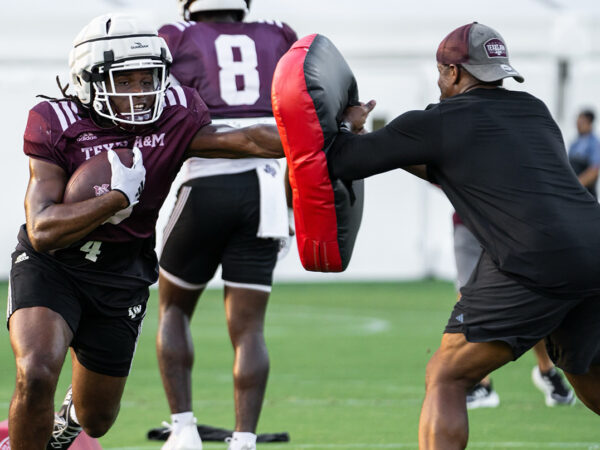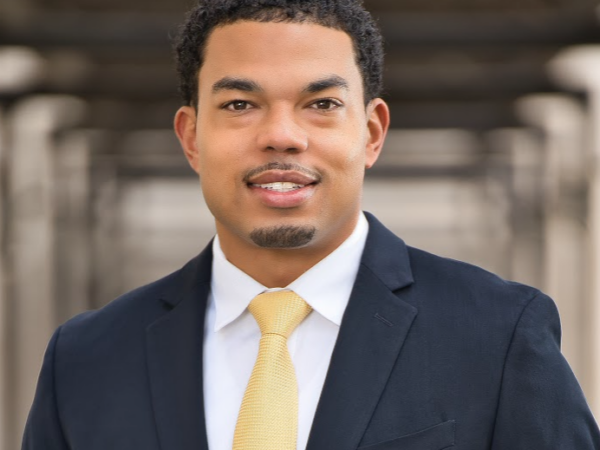The Development of Aggressive-Victims
According to the latest statistics, 20% of students say they have been bullied. 30% say they have done the bullying themselves. But, what about those that are on both sides of the issue?
Dr. Idean Ettekal, assistant professor in the Department of Educational Psychology, researches those known as aggressive-victims. An aggressive-victim is someone who shows high rates of aggressive behavior to peers and, at the same time, is also the target of an aggression.
“A lot of work in this area is done separately. My idea was to really think about how we can look at the co-occurrence and what we can learn from that,” Ettekal said. “My goal was to find more insight into how we might be able to differentiate kids who act aggressively.”
In his most recent study, Ettekal sought to investigate the development of aggressive-victims during childhood and adolescence.
The research team followed children from early childhood through high school and used data collected from not only their teachers and parents, but also their peers.
“It’s a really unique perspective because you’re learning in terms of these behaviors and these experiences from the kids who are most involved in it. We’re not only asking teachers about the children, but also collecting a lot of information from their classmates,” said Ettekal.
Identifying Subgroups
The children involved in this study were classified into five subgroups, two of which could be characterized as aggressive-victims: aggressive-victims and relational aggressive-victims.
Aggressive-victims were found to have higher levels of emotion dysregulation, particularly during early childhood. Peer rejection, which reflects how disliked children are by their classmates, was a risk factor in both childhood and adolescence. By adolescence, the chances were increased due to moral disengagement. Boys were also found to be more likely to be aggressive-victims than uninvolved.
“Moral disengagement became a bigger risk factor later, more for older children and adolescents. We determined that, over time, these children start to think that it’s okay that they are acting this way,” said Ettekal. “They justify it or blame others for why they’re being aggressive.”
As for relational aggressive-victims, higher levels of emotion dysregulation and moral disengagement increased risks in adolescence. The main difference came in friendships. Having more friends increased the likelihood of being a relational aggressive-victim compared to being an aggressive-victim.
According to the study, “the higher rates of friendships and lower rates of withdrawn behaviors and peer rejection suggest that children in this group may be using relational aggression in more functional and effective ways to attain their social goals and enhance their social positions.”
Girls were also found more likely to be relational aggressive-victims.
“A lot of literature on aggression is often focused on boys because we know that boys tend to be more physically aggressive. However, our focus on the relational or social aggression highlighted how girls can be aggressive, just in different ways,” said Ettekal.
Changes Over Time
Ettekal said it is important to note that, just because a child was classified as uninvolved early on, there is still a chance they become more aggressive or victimized later on.
He pointed to emotion dysregulation and moral disengagement. For some children involved in the study, they did not initially act aggressively. Over time, they started to manifest more aggressive behaviors.
“The underlying dysregulated emotion problems may have been there, but they were dealing with them or coping with them in different ways,” said Ettekal. “We also found that the kids who had beliefs that it’s okay to act aggressively or felt that using aggression against peers was justifiable, those kids were also more likely to start acting aggressively later.”
Implications for Intervention
When it comes to preventing aggressive behaviors, Ettekal said it is important to note that early interventions may not be enough.
Many bullying prevention programs in schools are focused on younger children. The concern is about children that do not show early risk signs but later transition into a higher risk group. Over time, those children are more likely to become aggressive.
“It’s important to not only have these early interventions, but to also maintain them or adapt them for kids as they’re getting older,” said Ettekal. “If we stop early on, we’re going to be missing the kids who might not be showing those early symptoms. We need not only early intervention, but sustained interventions as well.”
About the Writer
Ashley is the Media Relations Coordinator and responsible for news coverage in the Department of Teaching, Learning and Culture as well as the Department of Educational Psychology.
Articles by AshleyFor media inquiries, contact Ashley Green.













